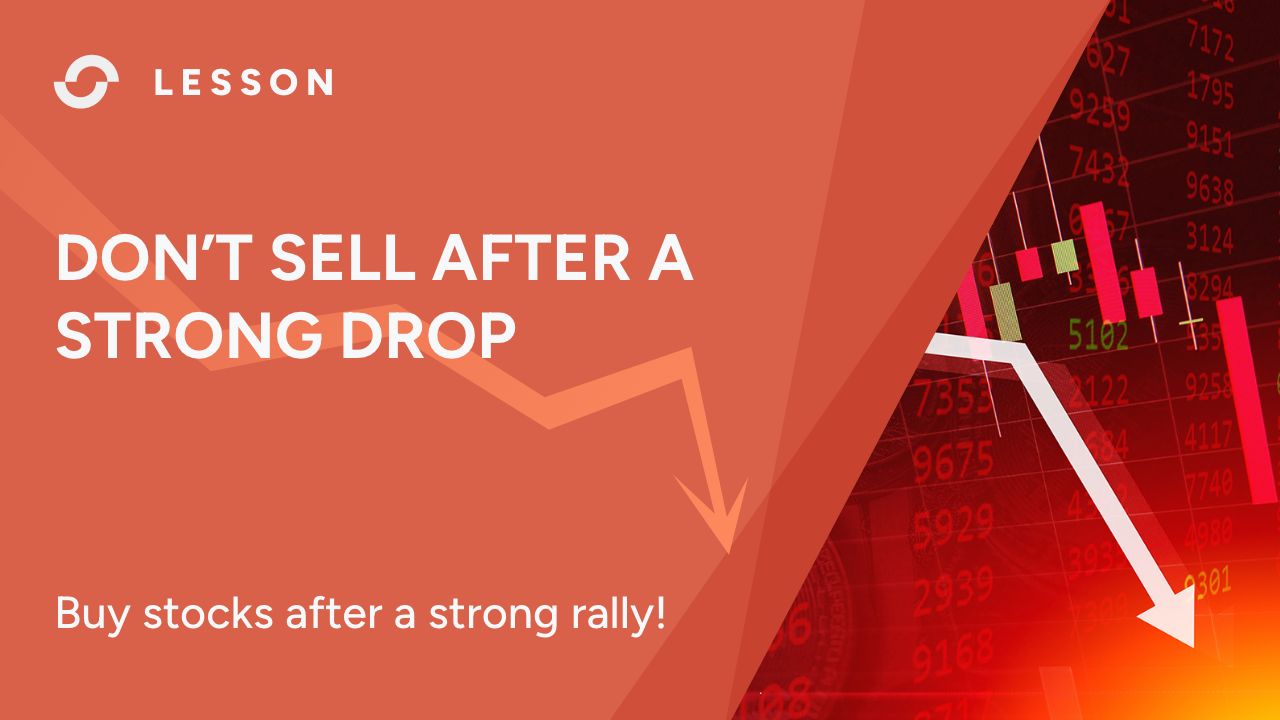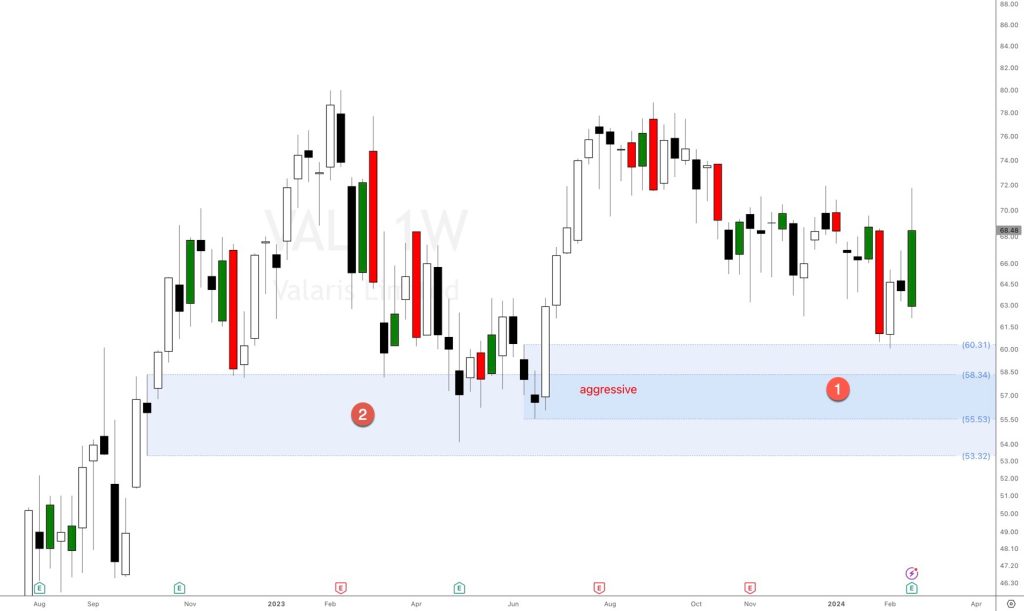26 Feb 2024

Don’t sell stocks after a strong drop – here’s why. The reason is that the markets are governed by the forces of supply and demand, whether we like it or not. These supply and demand forces move the threads in the background for every market and asset worldwide, creating strong market price action. In this video market analysis, I will explain why you should not sell any asset after a strong drop. This is valid for stocks, Forex, Futures and cryptos.
You are probably trading the daily timeframe or taking short-term and intraday positions on stocks, Forex and cryptos.
- Stop chasing trades.
- A strong move should make you stop trading.
- Take profits will usually start to happen.
- No need for any indicators to do this.
- Use logic and common sense.
- Supply and demand govern the markets.
Supply and Demand Strategy
You are probably trading the daily timeframe or taking short-term and intraday positions on stocks, Forex and cryptos. When using the smaller timeframes, you will not know whether you are trading against a bigger timeframe obstacle. This is one of the most common mistakes the typical trader will make. The video goes more in-depth over several trading scenarios and what you should do to increase your odds of success.
After a strong drop in this new lesson, I will discuss not selling. I recently recorded a similar lesson about the opposite; the lesson video was called “Do not buy after a strong rally.
If you are unaware of the bigger timeframes, you will start losing money no matter what you do, and you won’t know why. You don’t need any indicators or oscillators to do this simple thing. You only need to use logic and common sense because supply and demand imbalances go burnt all the markets, whether you like it or not. If you don’t trade with these forces, you will probably buy into Supply or sell into demand. That’s a recipe for losing money.
The supply and demand analysis for Valaris $VAL American stock below shows two strong weekly demand imbalances at numbers 1 and 2. If you are not aware of these significant timeframe imbalances and choose to trade on smaller timeframes, you may experience unnecessary losses. It is important to note that selling after a significant sell-off is not advisable, especially if a strong, large timeframe demand level influences the underlying asset’s price, as shown below.

How to Use a Supply and Demand Trading Strategy
As supply and demand traders, we need not consider fundamental analysis. Unless you are doing very short-term trading and scalping, you should not worry about fundamentals for stocks and ETFs.
Trading is just waiting for the right trigger points and scenarios to present themselves. This game has a name, and it’s called the waiting game. We must patiently wait for the correct scenarios and setups to happen and for the price to pull back or dip into the price levels we want to trade. These price levels are made of supply and demand imbalances in our case. You can use these imbalances to plan your trades in lower timeframes.
Join our supply and demand online trading academy If you want to learn how to trade stocks using our supply and demand trading strategy.









